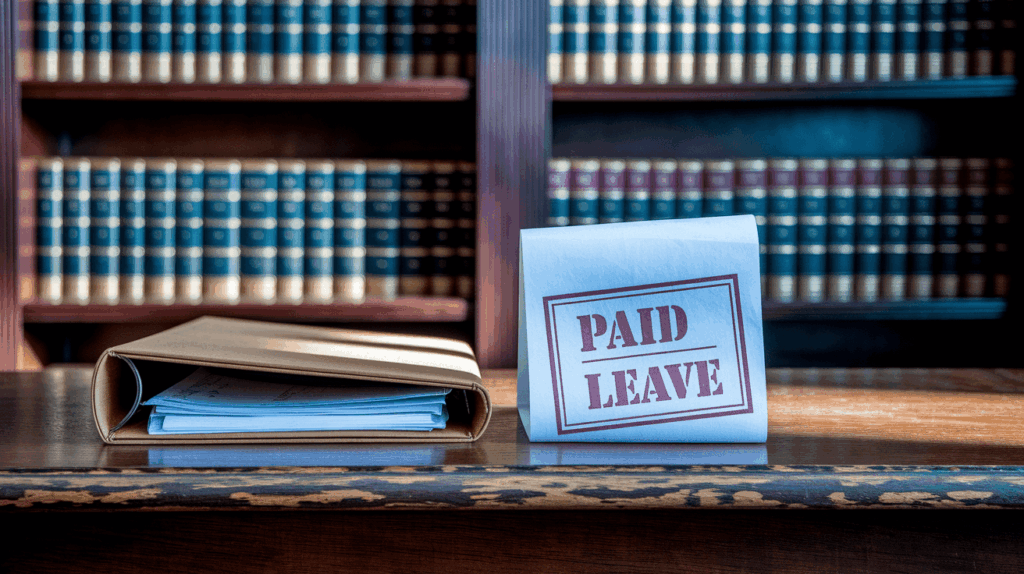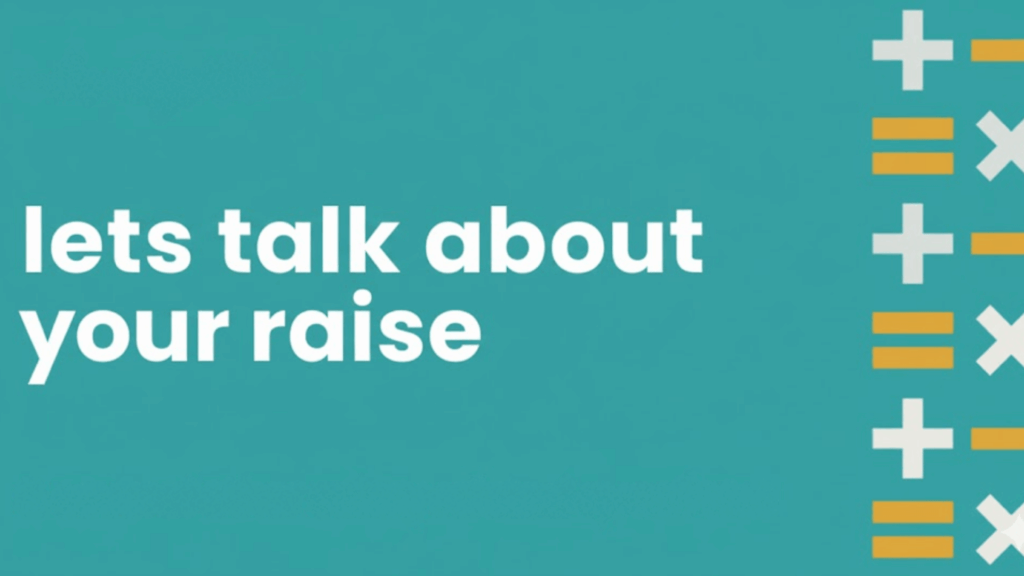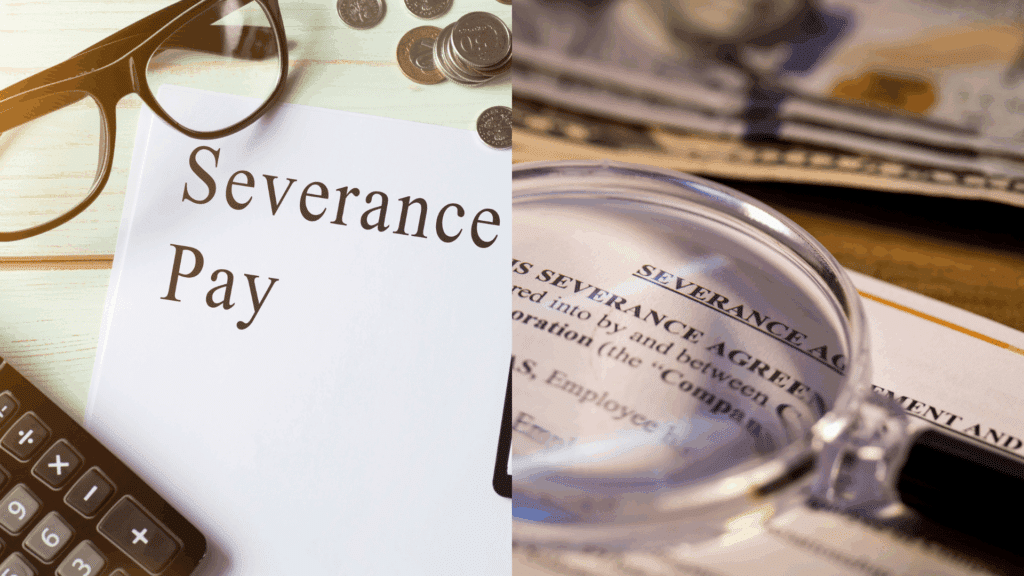When employers place you on administrative leave, it creates immediate concern about job security.
The question “does administrative leave mean fired?” weighs heavily on employees facing this situation.
This workplace action often causes anxiety about career stability and future employment.
Administrative leave serves as a temporary measure during workplace investigations or safety concerns.
Employers use this procedure to review situations while maintaining workplace order.
The relationship between administrative leave and termination varies by company policy and specific circumstances.
You will understand the key differences between temporary leave and permanent job loss.
It will also cover the proper steps to take when facing this workplace situation.
What Does Administrative Leave Mean?
Administrative leave refers to a temporary work suspension while maintaining employment status.
Employees cannot perform regular duties during this period, but remain company employees.
Two types exist:
1. Paid administrative leave continues salary and benefits.
2. While on unpaid administrative leave, compensation is temporarily stopped.
Common reasons include workplace investigations, safety concerns, legal matters, or organizational restructuring requiring neutral resolution.
Does Administrative Leave Mean You Are Fired?
Administrative leave does not equal termination.
This temporary workplace action maintains your employment status while employers conduct necessary reviews.
Your job remains intact during the leave period, though work duties are suspended temporarily.
Several outcomes can follow administrative leave completion.
Many employees return to their regular positions without any disciplinary action taken.
Others may receive reassignment to different roles within the company or face formal disciplinary measures like warnings or mandatory training requirements.
Termination represents just one possible outcome, not an automatic result of administrative leave.
Employers must complete their thorough investigation process before making any final employment decisions affecting your career.
Differences Between Administrative Leave and Being Fired
| Aspect | Administrative Leave | Being Fired |
|---|---|---|
| Employment Status | Still employed | Employment ended |
| Pay/Benefits | Usually retained during leave | Discontinued immediately |
| Career Impact | Potential return to work | Final separation from the company |
| Duration | Temporary (days to weeks) | Permanent decision |
| Future Options | Multiple outcomes possible | Limited appeal options |
| Company Access | Restricted temporarily | Access terminated completely |
| HR Records | Investigation pending | Termination documented |
Administrative leave preserves your employee relationship while employers review situations.
Termination ends all employment connections immediately.
These differences affect your legal rights, benefit eligibility, and career planning decisions.
For more context on employment status changes, see how laid off vs terminated differs in workplace law.
Administrative Leave Employee Rights
Employees on administrative leave retain specific workplace protections and entitlements during the review process.
Key Worker’s Rights Include:
- Right to know the reason: Employers must explain why leave was granted
- Benefit continuation: Health insurance and other benefits typically remain active
- Due process protection: Fair investigation before any termination decision
- Legal protections: Coverage under labor laws and union contracts, where applicable
- Documentation access: Request written confirmation of leave details and policies
Learn more about your employee rights during an HR investigation and how they protect you in this process.
Administrative Leave With Pay Pending Investigation

This represents the most common form of administrative leave in workplace settings.
Employees questioning does administrative leave mean fired should understand this standard procedure maintains employment stability during reviews.
Main Characteristics:
- Payroll continuation: Full salary and wages remain active throughout the investigation
- Benefit retention: Health insurance, retirement, and other benefits stay in effect
- Workplace protection: Prevents disruption while maintaining professional operations
- Neutral positioning: Does not indicate guilt or predetermined termination outcomes
- Fair process: Allows thorough fact review before employment decisions
Why Employers Use Administrative Leave?
Companies implement administrative leave as a standard business practice to manage workplace issues professionally.
These reasons help answer the question of whether administrative leave means fired.
1. Legal Protection for Companies
Administrative leave protects employers from potential lawsuits during investigations.
This procedure demonstrates due process compliance and fair treatment protocols.
Companies avoid wrongful termination claims by conducting thorough reviews before making employment decisions.
2. Workplace Safety Measures
Employers prioritize employee safety when conflicts or misconduct allegations arise.
Administrative leave removes potential threats from the workplace
This approach prevents the escalation of disputes and protects all staff members from harmful situations.
What To Do If You Are Placed on Administrative Leave?
Taking appropriate steps during administrative leave protects your employment rights and demonstrates professional maturity.
Important Actions:
- Stay calm and professional: Avoid confrontational behavior during all interactions
- Clarify terms of your leave: Confirm paid/unpaid status, duration, and communication rules
- Maintain strict confidentiality: Avoid workplace gossip and public discussion of your situation
- Keep detailed communication records: Document all interactions with management, HR, and colleagues
- Review employment contracts: Study your specific agreements beyond standard company policies
- Follow workplace restrictions: Respect any limitations on building access or equipment use
Conclusion
Administrative leave does not equal termination.
The question “Does administrative leave mean fired?” concerns many employees, but this workplace procedure serves as a neutral, precautionary measure during investigations or safety reviews.
Outcomes vary significantly depending on company policies and specific circumstances.
Many employees return to regular duties without disciplinary action. Others may face reassignment, training requirements, or formal warnings.
Termination represents only one possible result, not an automatic consequence.
In some cases, stress from administrative leave may cross legal lines.
Here’s what to know about suing an employer for emotional distress.
Stay informed about company procedures, document all communications, and consult HR or legal professionals when needed for clarification.
Frequently Asked Questions
Can you Get a Job While on Administrative Leave?
Most employment contracts prohibit seeking new jobs during administrative leave. Check your company policies before pursuing other opportunities.
How Serious Is Administrative Leave?
Administrative leave seriousness varies by situation. It ranges from routine procedures to investigations involving potential termination.
Can you Refuse Administrative Leave?
Employees typically cannot refuse administrative leave, as it represents employer authority. Refusal may result in insubordination charges or termination.










